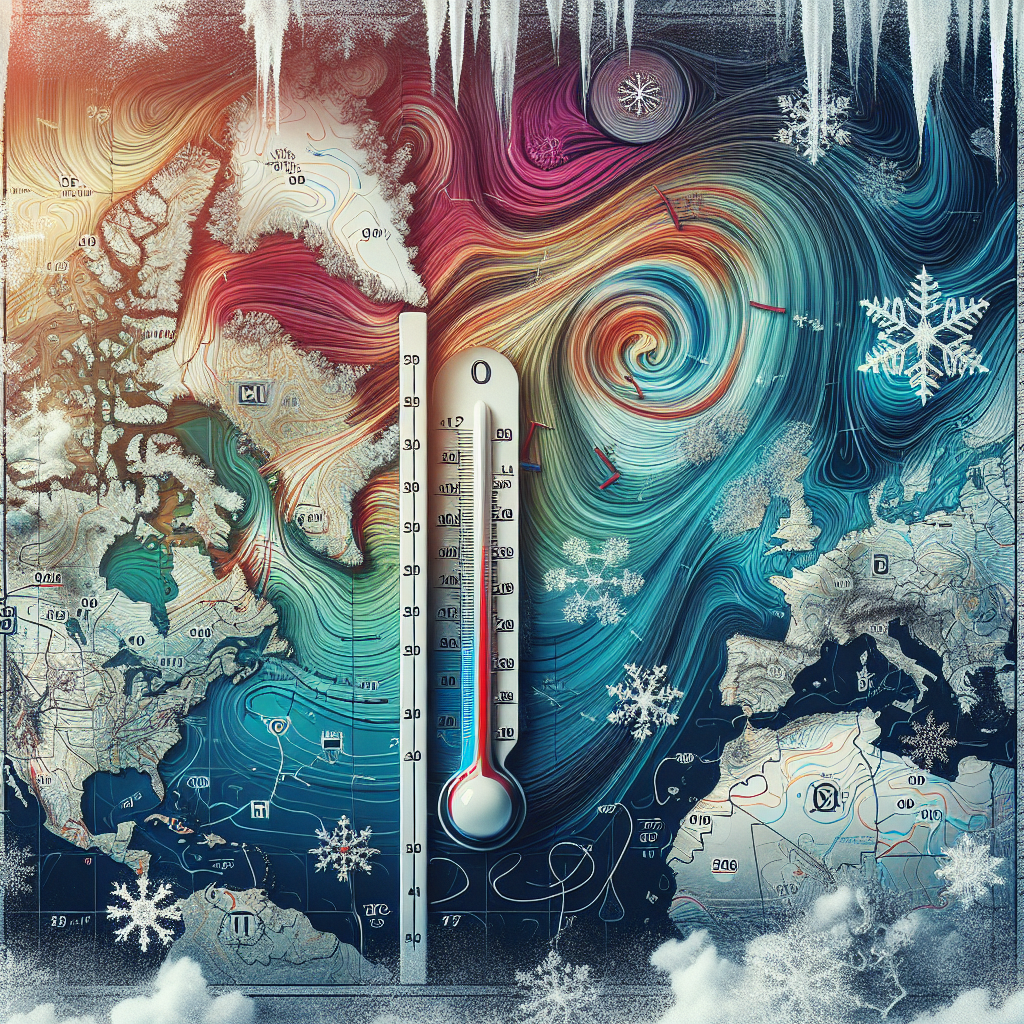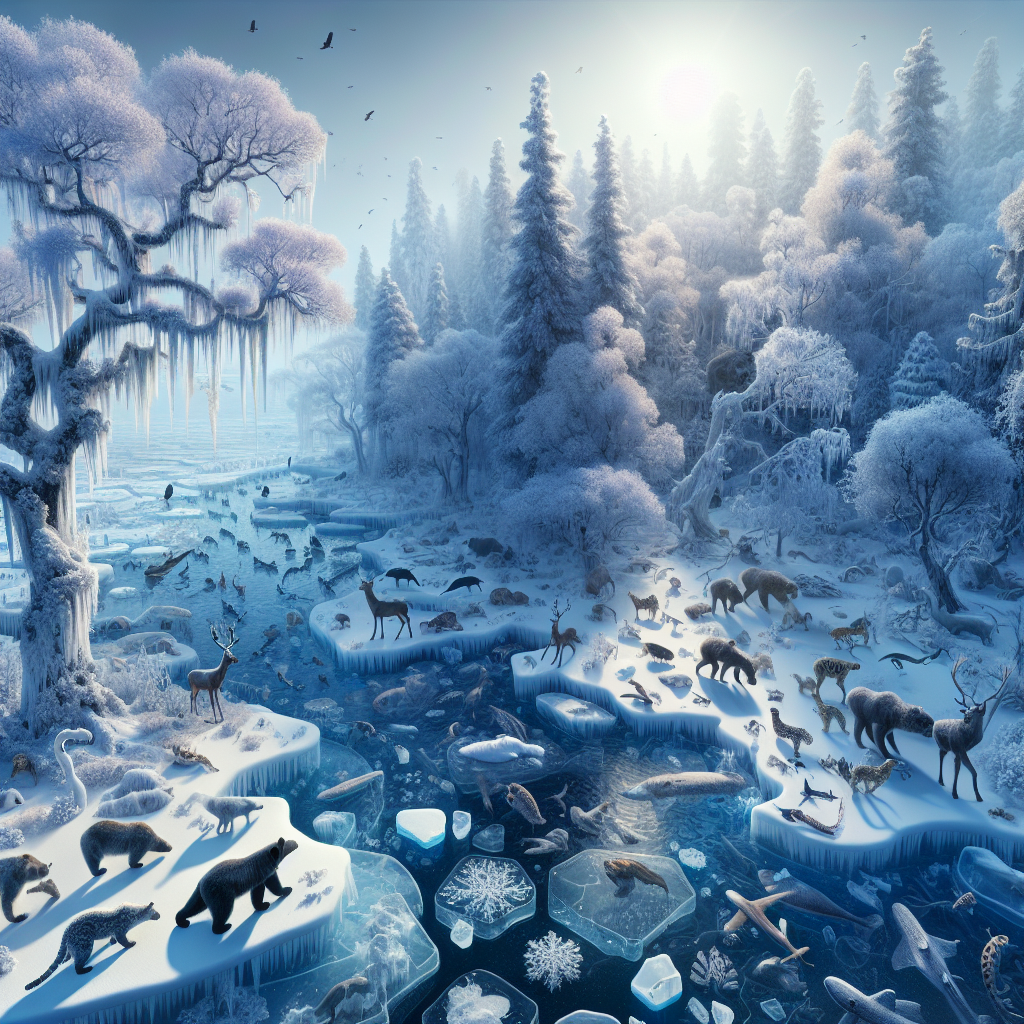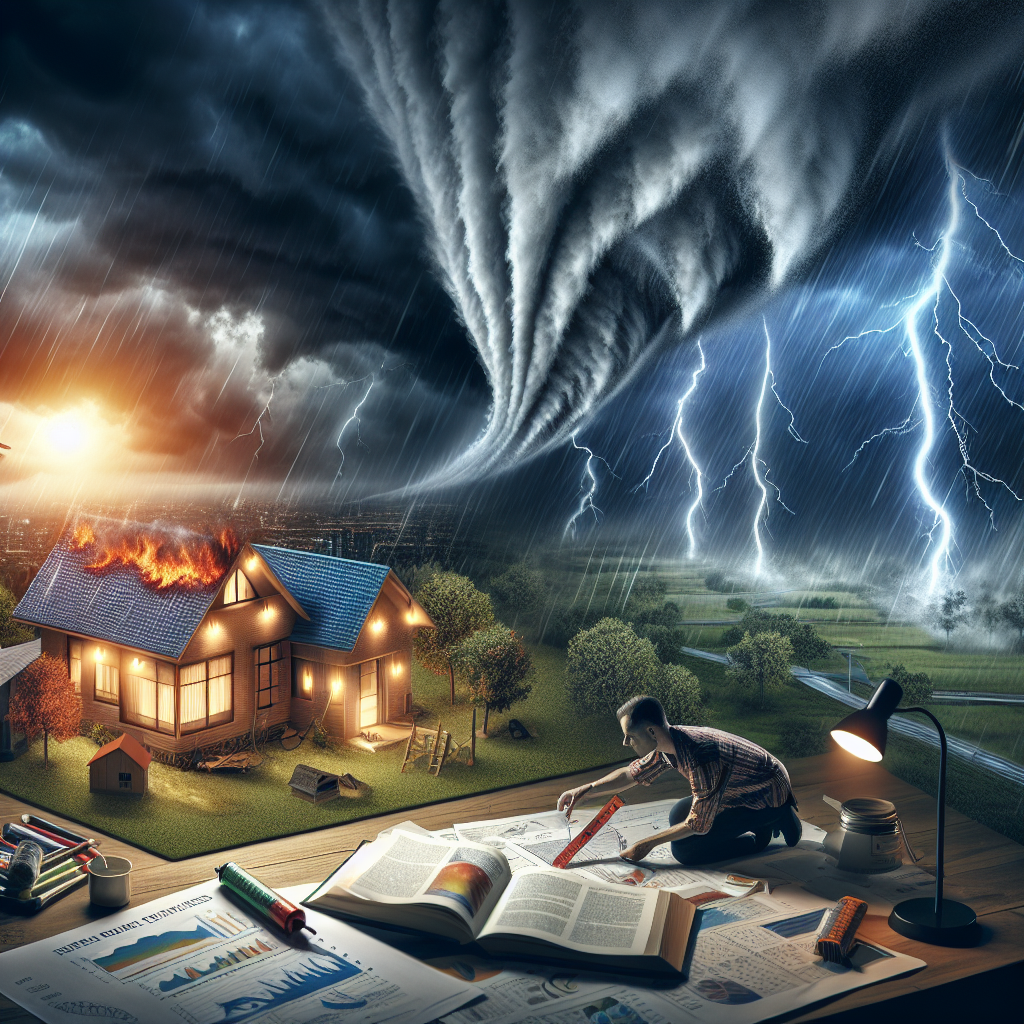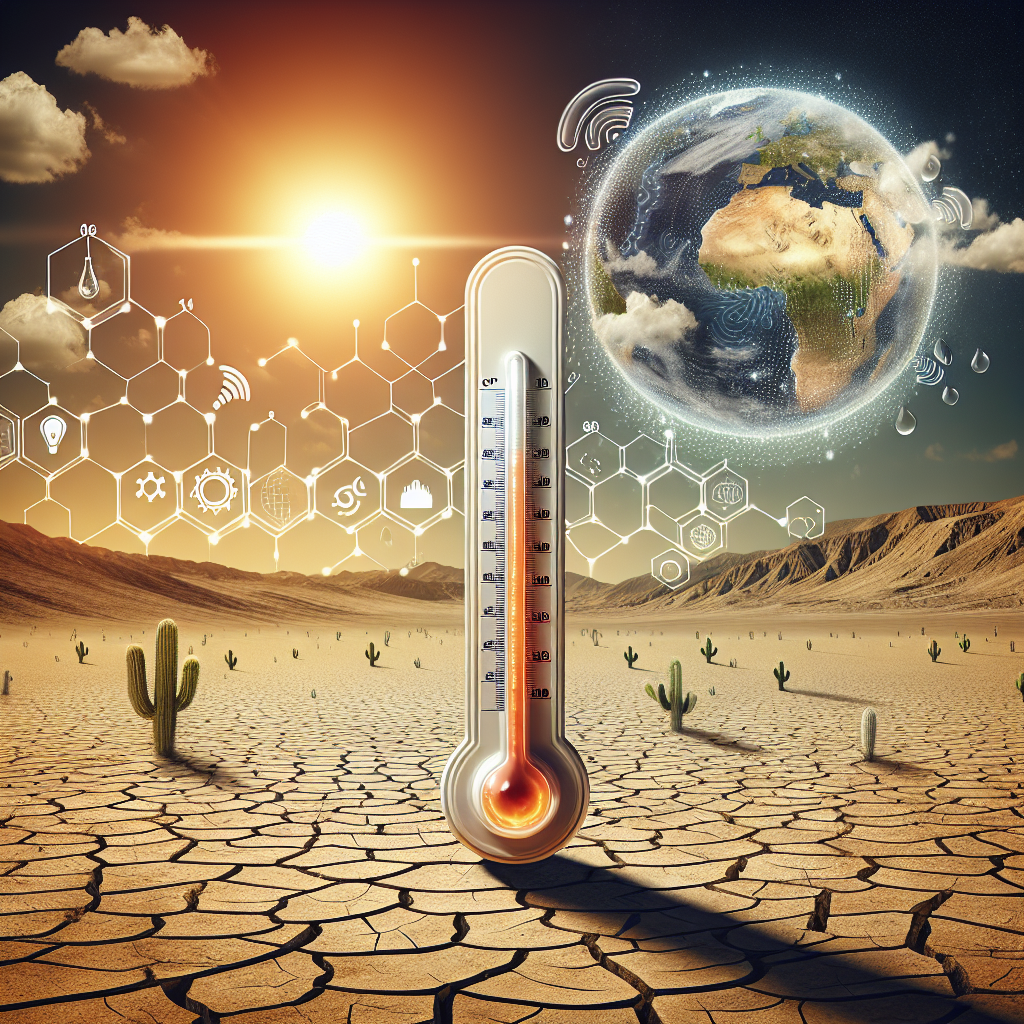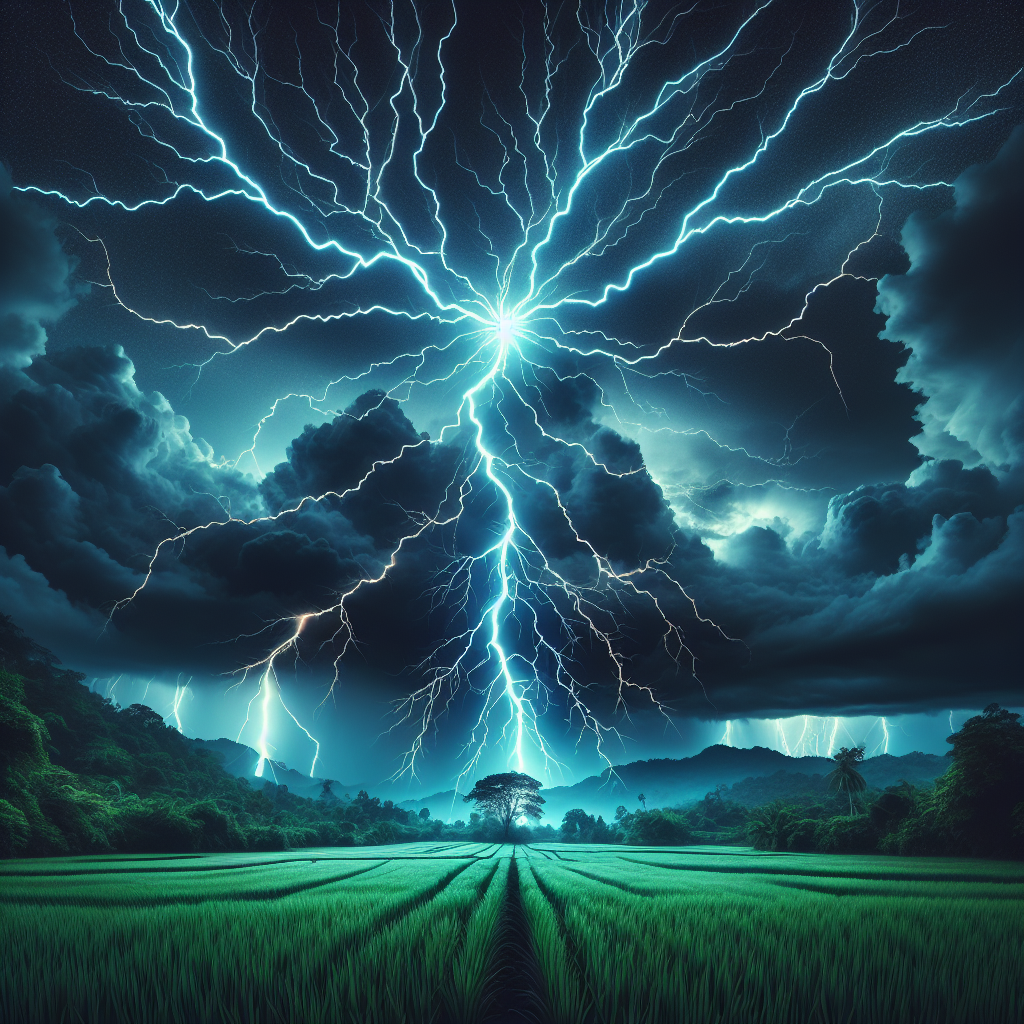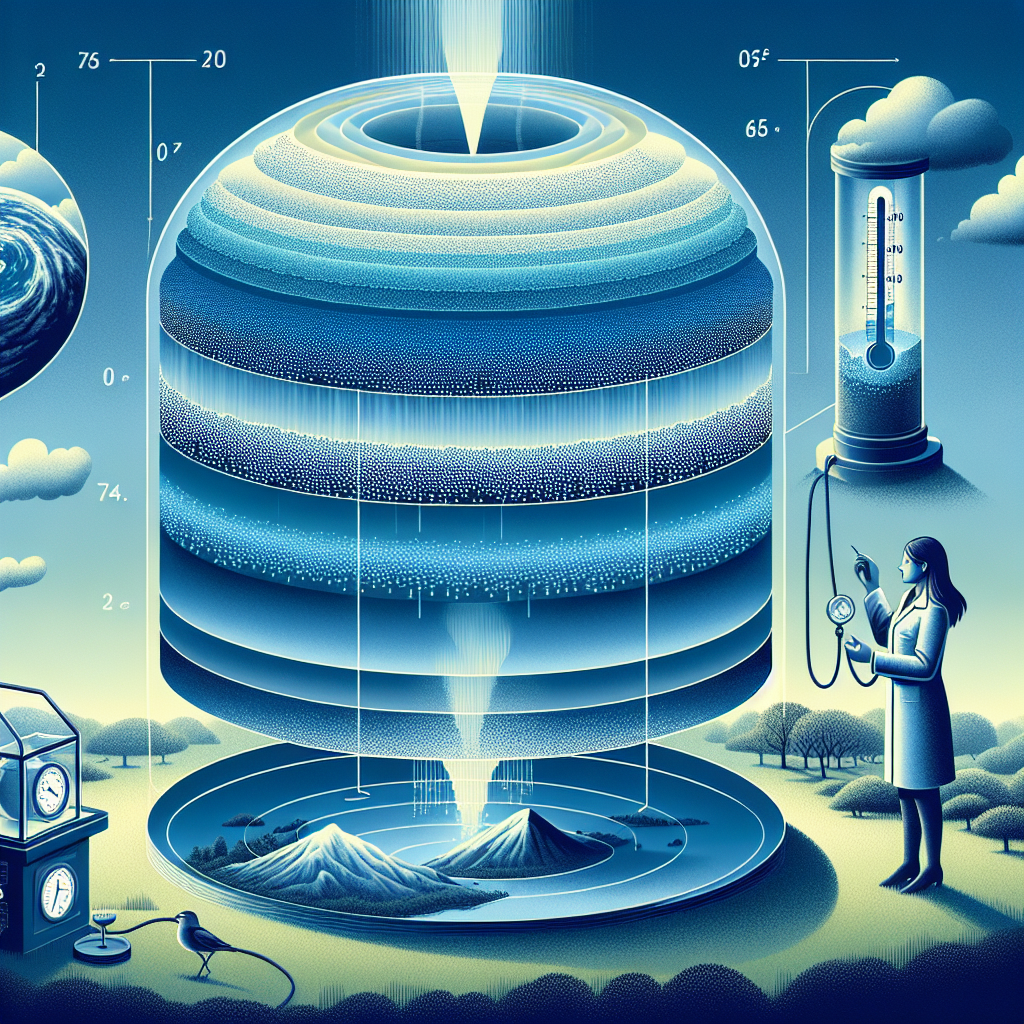Understanding Winter Weather Patterns
Winter weather forecasting is a complex science that combines meteorological expertise with advanced technology. The dynamics of the atmosphere during winter create unique challenges for meteorologists, primarily due to the varied interactions among temperature, moisture, and atmospheric pressure. Understanding these factors is crucial to grasping why forecasts can often be unpredictable.
The Role of Atmospheric Pressure
Atmospheric pressure plays a critical role in shaping winter weather patterns. High-pressure systems generally bring clear skies and colder temperatures, while low-pressure systems are associated with cloudiness, precipitation, and possible storms. The interaction between these pressure systems can result in significant weather shifts. For instance, when cold air meets moist air, it can lead to snow, sleet, or freezing rain, conditions that are notoriously difficult to forecast with precision.
Temperature Inversions and Their Impact
A temperature inversion occurs when a layer of warmer air traps cooler air at the surface, often leading to fog, freezing rain, or drastic temperature fluctuations. These inversions can be particularly challenging to predict and can lead to sharp changes in weather conditions over short distances. Meteorologists use a variety of tools to interpret these atmospheric layers, but the inherent variability makes accurate predictions difficult.
Moisture Content and Precipitation Type
The type of precipitation—whether it be snow, sleet, or rain—depends significantly on the moisture content in the atmosphere and the temperature profiles at various altitudes. A slight shift in temperature can transform a snowstorm into a rainstorm or vice versa, making forecasts subject to revision right up until the weather event occurs. For example, if a weather front moves more quickly than anticipated, the result can be torrential rain instead of snow or vice versa.
The Influence of Topography
Geographical features such as mountains and valleys significantly impact weather conditions. Mountains can elevate moisture-laden air, causing it to cool and precipitate, while valleys might shield them from weather systems. Such topographical variations mean that localized weather forecasts can dramatically differ, complicating the ability of meteorologists to provide a homogeneous weather prediction for broader regions.
Predictive Models and Their Limitations
Meteorologists rely heavily on computer models to simulate weather patterns. These models ingest vast amounts of data, encompassing satellite imagery, radar readings, and ground station measurements. However, projecting winter weather is particularly challenging because these models often struggle to accurately account for the intricate interactions of atmospheric conditions. The chaos inherent in winter weather can exacerbate these limitations, leading to forecasts that are not only imprecise but also subject to rapid change.
The Chaos Theory in Weather Prediction
The concept of chaos theory plays a critical role in understanding weather patterns. This theory posits that small changes in initial conditions can lead to vastly different outcomes, a phenomenon often referred to as the “butterfly effect.” In winter weather forecasting, minor variables such as local wind patterns or slight temperature variations can dramatically alter the forecast, creating scenarios where predictions become increasingly unreliable.
Human Factors and Forecast Interpretation
Beyond the science of meteorology, human interpretation of data also introduces an element of unpredictability. Different meteorologists may interpret the same data sets in varied ways, leading to discrepancies in forecasts. Additionally, the media’s portrayal of winter weather can sometimes amplify public perception, contributing to panic or complacency in response to impending storms.
The Use of Advanced Technology
Advancements in technology have enhanced forecasting capabilities over the years, with high-resolution models and improved satellite technology providing more detailed atmospheric imaging. Drones and weather balloons are also being utilized to gather localized atmospheric data, giving meteorologists better tools to predict weather changes. Despite these advancements, the unpredictable nature of winter weather remains, reminding us of the limitations even the most sophisticated technology has.
The Importance of Continuous Monitoring
Due to the unpredictable nature of winter forecasts, continuous monitoring of weather developments is essential. Meteorologists often update forecasts several times a day as new data becomes available. Social media and weather apps provide timely updates, but it is crucial for people to remain informed about changing conditions as old models are replaced with new data.
Community Preparedness
Given the unpredictability of winter weather forecasts, community preparedness is vital. Local governments and agencies encourage citizens to stay informed about severe weather warnings and have plans in place for emergencies. Preparation should include having a winter emergency kit, understanding local weather patterns, and being aware of shelter and resource locations in case of severe weather events.
Conclusion
While technology and research continue to improve, winter weather forecasting remains a complex challenge fraught with unpredictability. From atmospheric phenomena to technological limitations, an array of factors drives the difficulty. Effective communication and community preparedness become paramount in navigating these unpredictable winter months, reminding us all of nature’s intricate capabilities. Understanding these concepts not only empowers individuals but also fosters a deeper appreciation for the science of meteorology.









